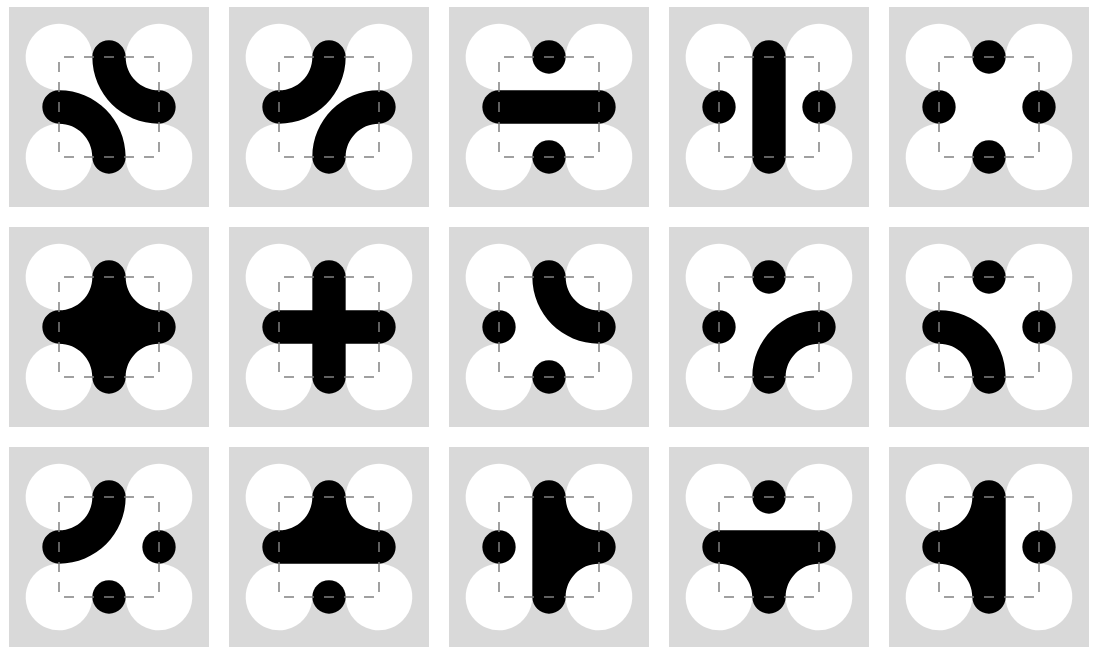Review: Hench, by Natalie Zina Walschots
| Publisher: |
William Morrow |
| Copyright: |
September 2020 |
| ISBN: |
0-06-297859-4 |
| Format: |
Kindle |
| Pages: |
403 |
Anna Tromedlov is a hench, which means she does boring things for terrible
people for money. Supervillains need a lot of labor to keep their bases
and criminal organizations running, and they get that labor the same way
everyone else does: through temporary agencies. Anna does spreadsheets,
preferably from home on her couch.
On-site work was terrifying and she tried to avoid it, but the lure of a
long-term contract was too strong. The Electric Eel, despite being a
creepy sleazeball, seemed to be a manageable problem. He needed some
support at a press conference, which turns out to be code for being a
diversity token in front of the camera, but all she should have to do is
stand there.
That's how Anna ended up holding the mind control device to the head of
the mayor's kid when the superheroes attack, followed shortly by being
thrown across the room by Supercollider.
Left with a complex fracture of her leg that will take months to heal, a
layoff notice and a fruit basket from Electric Eel's company, and a
vaguely menacing hospital conversation with the police (including
Supercollider in a transparent disguise) in which it's made clear to her
that she is mistaken about Supercollider's hand-print on her thigh, Anna
starts wondering just how much damage superheroes have done. The answer,
when analyzed using the framework for natural disasters, is astonishingly
high. Anna's resulting obsession with adding up the numbers leads to her
starting a blog, the Injury Report, with a growing cult following. That,
in turn, leads to a new job and a sponsor: the mysterious supervillain
Leviathan.
To review this book properly, I need to talk about Watchmen.
One of the things that makes superheroes interesting culturally is the
straightforwardness of their foundational appeal. The archetypal
superhero story is an id story: an almost pure power fantasy aimed at
teenage boys. Like other pulp mass media, they reflect the prevailing
cultural myths of the era in which they're told. World War II superheroes
are mostly all-American boy scouts who punch Nazis. 1960s superheroes are a more
complex mix of outsider misfits
with a moral code and sarcastic but earnestly ethical do-gooders. The superhero genre is
vast, with numerous reinterpretations, deconstructions, and alternate
perspectives, but its ur-story is a good versus evil struggle of
individual action, in which exceptional people use their powers for good
to defeat nefarious villains.
Watchmen was not the first internal critique of the genre, but it
was the one that everyone read in the 1980s and 1990s. It takes direct
aim at that moral binary. The superheroes in Watchmen are not
paragons of virtue (some of them are truly horrible people), and they have
just as much messy entanglement with the world as the rest of us. It was
superheroes re-imagined for the post-Vietnam, post-Watergate era, for the
end of the Cold War when we were realizing how many lies about morality we
had been told. But it was still put superheroes and their struggles with
morality at the center of the story.
Hench is a superhero story for the modern neoliberal world of
reality TV and power inequality in the way that Watchmen was a
superhero story for the Iran-Contra era and the end of the Cold War.
Whether our heroes have feet of clay is no longer a question. Today, a
better question is whether the official heroes, the ones that are
celebrated as triumphs of individual achievement, are anything but clay.
Hench doesn't bother asking whether superheroes have fallen short
of their ideal; that answer is obvious. What Hench asks instead is
a question familiar to those living in a world full of televangelists,
climate denialism, manipulative advertising, and Facebook: are superheroes
anything more than a self-perpetuating scam? Has the good superheroes
supposedly do ever outweighed the collateral damage? Do they care in the
slightest about the people they're supposedly protecting? Or is the whole
system of superheroes and supervillains a performance for an audience, one
that chews up bystanders and spits them out mangled while delivering
simplistic and unquestioned official morality?
This sounds like a deeply cynical premise, but Hench is not a
cynical book. It is cynical about superheroes, which is not the
same thing. The brilliance of Walschots's approach is that Anna has a
foot in both worlds. She works for a supervillain and, over the course of
the book, gains access to real power within the world of superheroic
battles. But she's also an ordinary person with ordinary problems: not
enough money, rocky friendships, deep anger at the injustices of the world
and the way people like her are discarded, and now a disability and PTSD.
Walschots perfectly balances the tension between those worlds and
maintains that tension straight to the end of the book. From the
supervillain world, Anna draws support, resources, and a mission, but all
of the hope, true morality, and heart of this book comes from the ordinary
side.
If you had the infrastructure of a supervillain at your disposal, what
would you do with it?
Anna's answer is to treat superheroes as a destructive force like climate
change, and to do whatever she can to drive them out of the business and
thus reduce their impact on the world. The tool she uses for that is
psychological warfare: make them so miserable that they'll snap and do
something too catastrophic to be covered up. And the raw material for
that psychological warfare is data.
That's the foot in the supervillain world. In descriptions of this book,
her skills with data are often called her superpower. That's not exactly
wrong, but the reason why she gains power and respect is only partly
because of her data skills. Anna lives by the morality of the ordinary
people world: you look out for your friends, you treat your co-workers
with respect as long as they're not assholes, and you try to make life a
bit better for the people around you. When Leviathan gives her the
opportunity to put together a team, she finds people with skills she
admires, funnels work to people who are good at it, and worries about the
team dynamics. She treats the other ordinary employees of a supervillain
as people, with lives and personalities and emotions and worth. She wins
their respect.
Then she uses their combined skills to destroy superhero lives.
I was fascinated by the moral complexity in this book. Anna and her team
do villainous things by the morality of the superheroic world (and,
honestly, by the morality of most readers), including some things that
result in people's deaths. By the end of the book, one could argue that
Anna has been driven by revenge into becoming an unusual sort of
supervillain. And yet, she treats the people around her so much better
than either the heroes or the villains do. Anna is fiercely moral in all
the ordinary person ways, and that leads directly to her becoming a
villain in the superhero frame. Hench doesn't resolve that
conflict; it just leaves it on the page for the reader to ponder.
The best part about this book is that it's absurdly grabby, unpredictable,
and full of narrative momentum. Walschots's pacing kept me up past
midnight a couple of times and derailed other weekend plans so that I
could keep reading. I had no idea where the plot was going even at the
80% mark. The ending is ambiguous and a bit uncomfortable, just like the
morality throughout the book, but I liked it the more I thought about it.
One caveat, unfortunately: Hench has some very graphic descriptions
of violence and medical procedures, and there's an extended torture
sequence with some incredibly gruesome body horror that I thought went on
far too long and was unnecessary to the plot. If you're a bit squeamish
like I am, there are some places where you'll want to skim, including one
sequence that's annoyingly intermixed with important story developments.
Otherwise, though, this is a truly excellent book. It has a memorable
protagonist with a great first-person voice, an epic character arc of
empowerment and revenge, a timely take on the superhero genre that uses it
for sharp critique of neoliberal governance and reality TV morality, a
fascinatingly ambiguous and unsettled moral stance, a gripping and
unpredictable plot, and some thoroughly enjoyable
competence porn. I had put off reading it because I was worried that it
would be too cynical or dark, but apart from the unnecessary torture
scene, it's not at all. Highly recommended.
Rating: 9 out of 10













